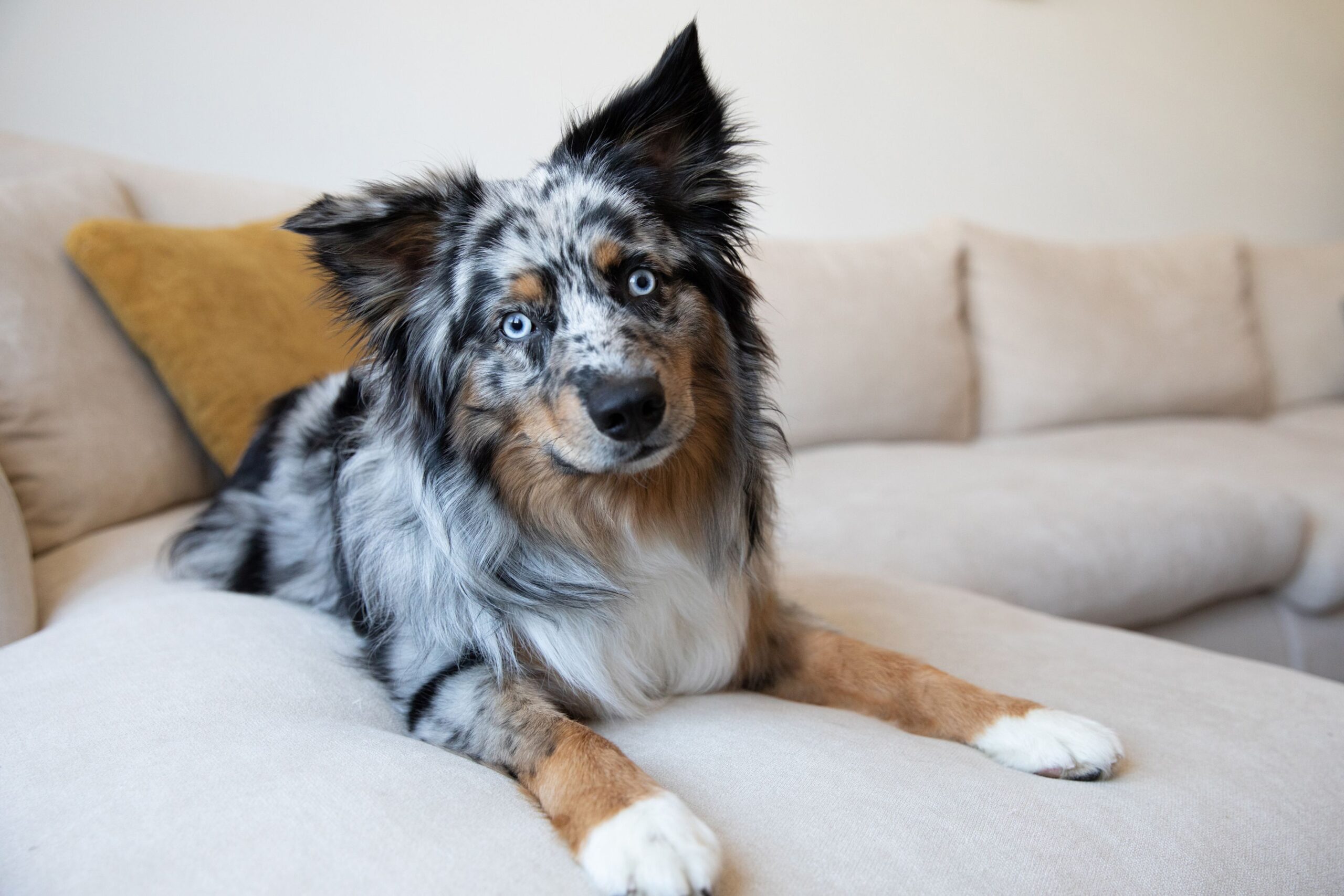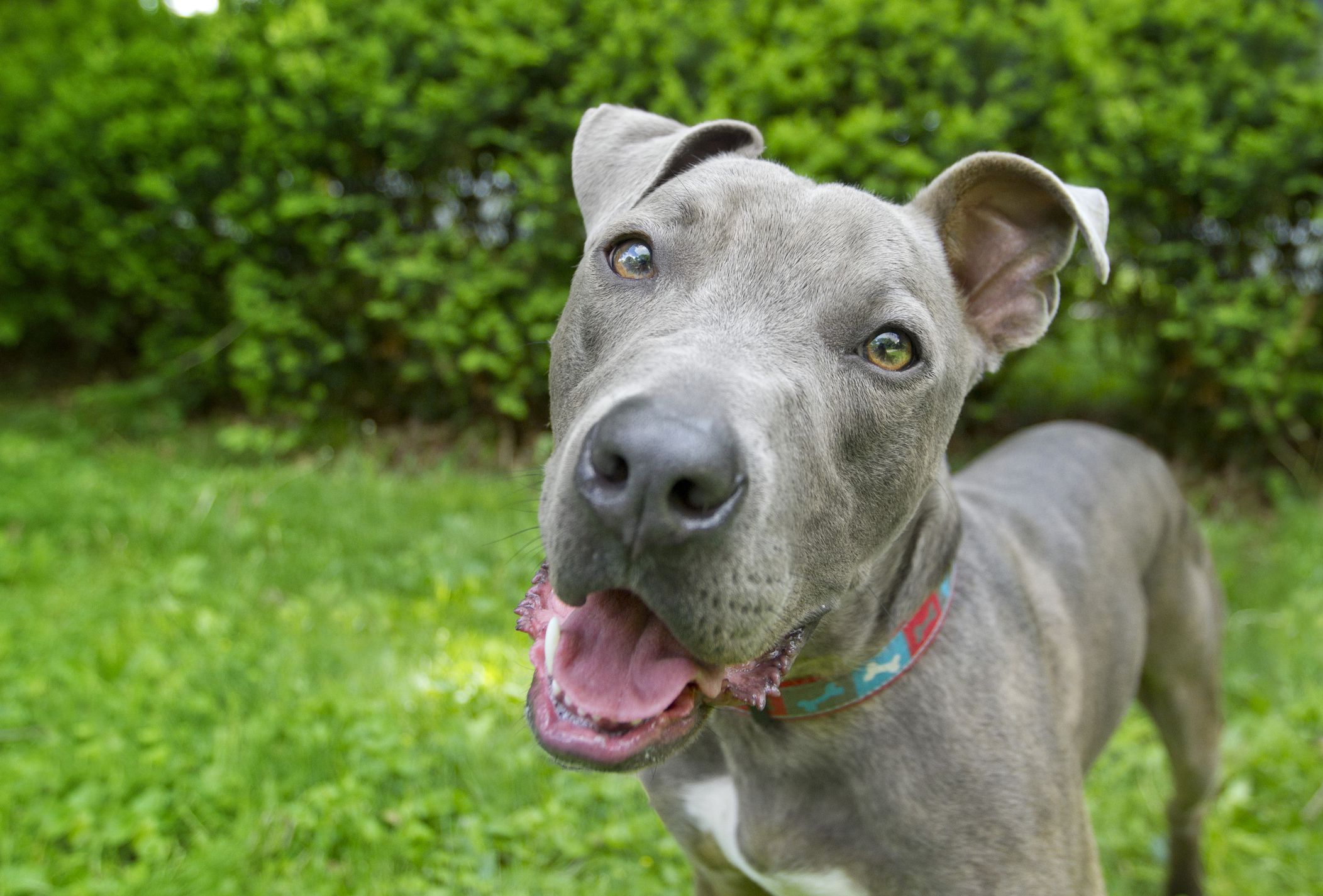Key Takeaways:
- Siberian Huskies are a highly energetic and active breed, requiring plenty of exercise and mental stimulation.
- They have a thick double coat that helps protect them from extreme cold weather, making them well-suited for colder climates.
- Siberian Huskies are known for their striking blue or multicolored eyes, which is a result of a genetic trait called heterochromia.
- They are friendly and sociable dogs, often getting along well with other animals and people, including children.
- Siberian Huskies have a strong prey drive and should be supervised around small animals as they may chase or even harm them.
Are you ready to embark on a thrilling journey into the world of Siberian Huskies? These amazing creatures hold secrets and wonders that will leave you in awe. Whether you're a dog lover, an adventure seeker, or simply curious about nature's marvels, delving into the fascinating world of Siberian Huskies is guaranteed to bring joy and enlightenment to your life. Understanding these magnificent creatures can help us appreciate their unique qualities and develop a deeper connection with our furry friends. So, let's dive into 10 amazing facts about Siberian Huskies that will captivate your imagination and leave you wanting more! Get ready to be amazed by the resilience, intelligence, and beauty of these incredible dogs. Join us on this extraordinary journey through the snowy landscapes of Siberia as we unravel the mysteries of this enchanting breed. Are you ready? Let's get started!
What is a Siberian Husky?
A Siberian Husky is a breed of dog that originated in northeastern Siberia. They were originally bred by the Chukchi people to pull sleds over long distances in harsh Arctic conditions. These dogs are known for their striking appearance, with thick fur, erect ears, and beautiful blue or multicolored eyes.
Siberian Huskies are medium-sized dogs, typically weighing between 35 to 60 pounds. They have a strong and athletic build, which allows them to excel at activities such as running, pulling sleds, and participating in dog sports. These dogs have a friendly and outgoing personality, making them popular as both working dogs and family pets.
Physical Appearance
Siberian Huskies have several unique physical traits that help them survive in cold climates:
- Thick double coat: Their fur consists of two layers - a dense undercoat for insulation and longer guard hairs for protection against snow and wind.
- Pronounced snout: Their elongated snouts help warm up the air they breathe before it reaches their lungs.
- Almond-shaped eyes: Siberian Huskies often have striking blue or multicolored eyes, which not only add to their beauty but also provide better vision in snowy conditions.
Adaptability
Siberian Huskies are highly adaptable dogs that can thrive in various environments. While they are well-suited for cold climates due to their thick coats and other physical adaptations, they can also adapt to warmer regions with proper care. However, it's important to ensure they have access to shade and plenty of water during hot weather.
The Story Behind the Name: Siberian Huskies
The name "Siberian Husky" comes from the region where these dogs were originally bred - Siberia. The Chukchi people, who lived in this area, relied on sled dogs for transportation and survival in the harsh Arctic conditions. They selectively bred their dogs to create a breed that could endure long journeys and pull heavy loads.
It is believed that the word "Husky" originated from an Inuit term meaning "fast." This name was given to these sled dogs due to their impressive speed and endurance. Over time, the breed became known as Siberian Huskies, reflecting both their place of origin and their exceptional sledding abilities.
Chukchi People: Masters of Sled Dogs
The Chukchi people, who are native to northeastern Siberia, have a deep connection with Siberian Huskies. These indigenous people relied on sled dogs for transportation across vast snow-covered landscapes. They developed a close bond with their dogs and treated them as valuable members of their communities.
The Chukchi people carefully selected breeding pairs based on traits such as strength, endurance, and temperament. This selective breeding played a crucial role in shaping the characteristics of Siberian Huskies we see today. Without the expertise of the Chukchi people, this remarkable breed may not have existed.
The Mystery of the Striking Eyes: Why do Siberian Huskies have blue or multicolored eyes?
One of the most distinctive features of Siberian Huskies is their captivating blue or multicolored eyes. This unique eye coloration is a result of genetics and is commonly seen in this breed.
Siberian Huskies can have blue eyes, brown eyes, or even heterochromia (different colored eyes). The gene responsible for blue eye color in Huskies is called the "dilution gene." When this gene is present, it can dilute the pigment in the irises, resulting in blue eyes.
Heterochromia: A Beautiful Anomaly
Heterochromia, a condition where each eye has a different color, is relatively common in Siberian Huskies. This unique trait adds to their overall charm and mystique. It occurs when one eye has more pigmentation than the other or when there are variations in the distribution of pigments.
While blue eyes are more commonly associated with Siberian Huskies, it's important to note that not all Huskies have blue eyes. Some may have brown eyes or even a combination of both blue and brown. Each dog's eye color is determined by its individual genetics.
Survival in Cold Climates: Unique Physical Traits of Siberian Huskies
Siberian Huskies are well-adapted to survive in cold climates due to their unique physical traits. These characteristics enable them to withstand freezing temperatures and navigate through snowy terrains with ease.
Thick Double Coat for Insulation
The thick double coat of Siberian Huskies provides excellent insulation against cold weather. Their undercoat is dense and acts as a layer of insulation, trapping warm air close to their bodies. The longer guard hairs on top help repel snow and ice while providing an additional barrier against the cold.
Brushing: Essential for Coat Maintenance
To keep their coat healthy and free from matting, regular brushing is essential for Siberian Huskies. Brushing helps remove loose fur, prevents tangles, and promotes good airflow through their coat. It is especially important to brush them during shedding seasons when they tend to shed their undercoat more heavily.
Sled Pulling: The Historical and Modern Importance for Siberian Huskies
Sled pulling has been an integral part of the Siberian Husky's history and continues to be a significant aspect of their lives today. These dogs have a natural instinct for pulling sleds and have played a crucial role in transportation and exploration in cold regions.
Historical Significance
The Chukchi people, who originally bred Siberian Huskies, relied on these dogs to transport goods, hunt, and travel long distances across the Arctic tundra. The strength, endurance, and agility of Huskies made them ideal for pulling heavy loads over snow and ice.
Modern-Day Sled Dog Racing
In modern times, sled dog racing has become a popular sport that showcases the incredible abilities of Siberian Huskies. Races such as the Iditarod in Alaska test both the physical prowess of the dogs and the skills of their mushers (the humans guiding the sled). These races cover hundreds of miles through challenging terrains, providing an opportunity for teams of Huskies to demonstrate their speed and stamina.
Siberian Huskies as Family Pets: Are They a Good Fit?
Siberian Huskies can make wonderful family pets under the right circumstances. However, it's essential to understand their specific needs and characteristics before bringing one into your home.
Active Lifestyle Requirements
Huskies are highly energetic dogs that require plenty of exercise to keep them happy and healthy. They have a strong instinctual need for physical activity due to their history as working sled dogs. Regular daily exercise, such as long walks, runs, or playtime in a secure and spacious area, is crucial to prevent boredom and destructive behaviors.
Training and Socialization
Siberian Huskies are intelligent but can also be independent-minded. They benefit from consistent training and early socialization to develop good manners and become well-adjusted pets. Positive reinforcement methods work best with this breed, as they respond well to rewards and praise.
Communication with Howls and Body Language: How do Siberian Huskies Communicate?
Siberian Huskies have a unique way of communicating through vocalizations, body language, and facial expressions. Understanding their communication cues can help you better understand their needs and emotions.
Howling: Their Signature Sound
Huskies are known for their distinctive howling. They often howl to communicate with other dogs or express their emotions. Howling can indicate excitement, loneliness, or even boredom. It's important to note that excessive howling may be a sign of distress or an underlying issue that needs attention.
Body Language: What it Tells Us
Siberian Huskies use various body language cues to convey their feelings:
- Tail position: A raised tail indicates confidence and alertness, while a tucked tail suggests fear or submission.
- Ear position: Erect ears show attentiveness, while flattened ears indicate fear or aggression.
- Eye contact: Direct eye contact can be seen as a challenge among dogs, while avoiding eye contact may signal submissiveness.
- Posture: A relaxed posture with loose muscles indicates contentment, whereas stiff posture may indicate tension or aggression.
In conclusion, Siberian Huskies are fascinating dogs with unique traits. They have a thick coat to withstand cold weather, can run long distances without getting tired, and have beautiful blue or multicolored eyes. With their friendly and energetic nature, they make great companions for those who love outdoor activities.
What is special about a Siberian Husky?
The Siberian Husky is a medium-sized sled dog with a thick coat and strong endurance, originally bred to work in teams, pulling light loads at a steady pace over large frozen areas. They are known for being friendly, neat, and having a dignified demeanor.
Are huskies waterproof?
The Husky's outer coat is highly waterproof, which helps to keep them dry in snowy or rainy conditions. Additionally, their coat is very good at repelling dirt and mud, so when mud dries on their fur, it can easily be brushed off.
How smart is a Husky?
The IQ trials involving 138 different dog breeds revealed that Siberian Huskies were ranked at number 74 in terms of intelligence. This indicates that Huskies typically need 25 to 40 repetitions to learn a new command, and they have a success rate of 50% or higher when obeying commands. This information was reported on March 16, 2023.
What do huskies talk about?
Huskies use different sounds to communicate their various needs. They may express their love for you or ask to be let out. They may also demand attention and use talking or howling as a way to get your attention.
What are the facts about Husky eyes?
Huskies have the ability to have two different eye colors, including one blue and one brown, as well as different colors within the same eye. This trait is also seen in merle Border Collies and Australian Shepherds. Eyes with multiple colors are known as parti-colored eyes and are less common than completely blue eyes.
Why do Huskies have blue eyes?
Irizarry states that when the ALX4 gene mutates in Siberian huskies, it leads to a reduction in pigment production in the eye, resulting in a blue appearance of the eye.
















